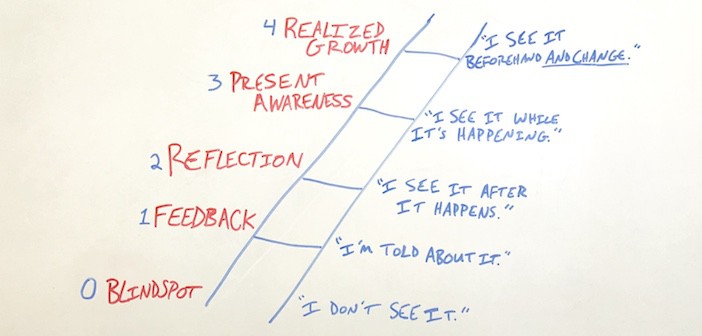Every time your church grows larger, you run the risk of losing something.
The loss is rarely noticeable for a while. Momentum and progress cover up the gap. But when the dust settles, those who have been around certainly notice the difference. The issue may show up as a difficulty creating relationships. Maybe it is a challenge getting new people connected. Or perhaps communication among staff becomes broken. Whatever the case, leaders will sit in meetings discussing new problems until someone finally ponders,“…What happened? I remember when we were very good at that!”
In most every case, they are correct. The organization naturally valued those areas and leaders took personal care to see them through. But any time you introduce new people to an organization, cultural values can be quickly drowned out.
When a church experiences a season of growth, what once happened naturally must become strategic.
The larger your church, the less direct influence you have on the people within it. You cannot personally transfer your values and priorities into every guest who walks through your doors. With that, you must develop strategies and systems throughout the organization that make clear what you care about and how people can engage with it.
Looking over the past year, what are the natural strengths that once propelled your church? Where do you have a newfound need for a strategic approach to things you still value? Here are the three natural strengths I’ve seen most often lost in growing churches…
1. Relational Development
Before a season of growth, relationships in your church likely happened quite naturally. People valued them and your size was conducive to helping them stay connected. But beyond a few hundred people, those relationships will no longer develop on their own. They require a clear strategy to help people grow closer. The two areas of your church with the highest relationship potential are typically small groups and volunteer teams.
From Natural to Strategic: Do you have a strategy for developing relational leaders, creating deep community, and helping people find their best fit?
2. Connection Systems
Every growth season puts a new strain on your systems; most noticeably those built to help people get involved. This comes up in every conversation I have with a pastor experiencing growth. They greatly value leading people beyond the Sunday service. But they are no longer sure of how to mobilize those slipping in and out of their doors. The larger you grow, the clearer and easier your next steps must become.
From Natural to Strategic: Do you have a simple step-by-step pathway that shows every individual their next step to grow? Is it clear and simple to understand how each of those steps can be taken?
3. Communication and Planning
Every staff team naturally develops a process for working together. When the team brings on more people, that process is stretched at the seams. Before long, critical information slips through the cracks and planning ahead becomes a thing of the past. The reason? Those naturally developed work processes are no longer sufficient. The team needs a documented playbook that maps out when and how ministry progress is made.
From Natural to Strategic: Have you developed the structures, systems, and schedules that your team needs to succeed?
A season of growth is full of excitement and celebration. It also exposes the areas in which a church has been naturally-gifted and less strategic. The sooner you step back, evaluate, and address those growing pains, the more equipped you will be to continue leading people to Jesus. Because after all, your community is still full of people who need a church that cares enough about them to do everything it can to reach them.



